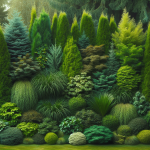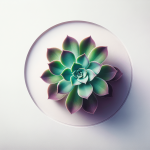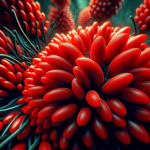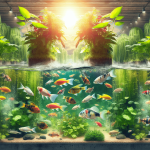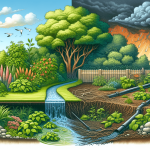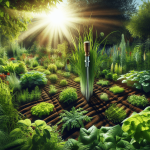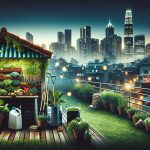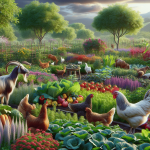This post may contain affiliate links. As an Amazon Associate, we may earn commissions from qualifying purchases.
Have you ever wondered how to design a garden that not only serves as a peaceful retreat but also supports the buzzing community of bees, butterflies, and other pollinators? Creating such a garden can be a delightful endeavor filled with creativity, nature, and the rewarding outcome of knowing you’re helping to sustain the environment. Let’s embark on this journey to understand the blend of native flora, pollinator needs, and your personal oasis.
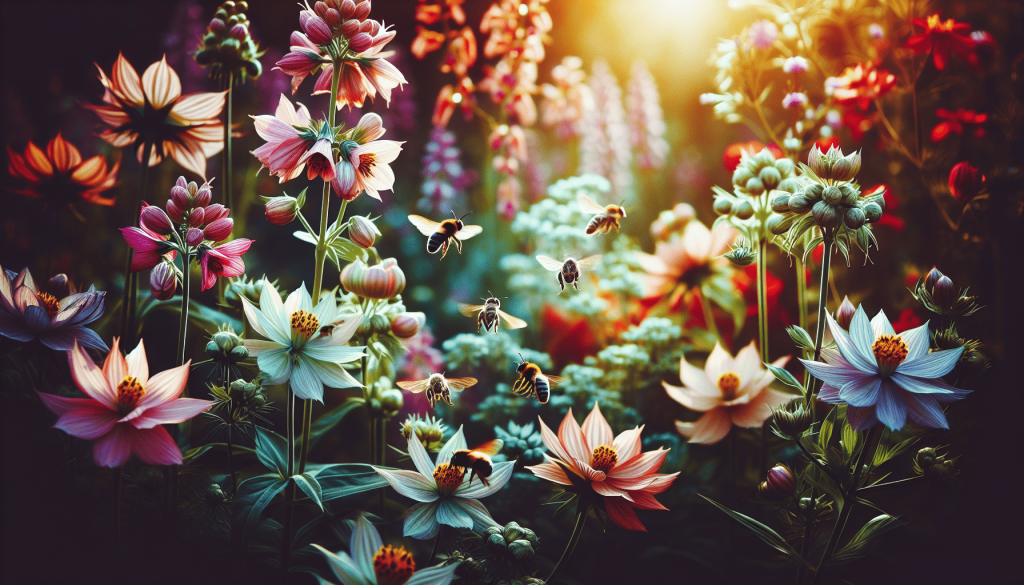
Why Focus on Native Plants?
Choosing native plants is perhaps the most crucial step in creating a garden that attracts pollinators. Native plants have evolved over centuries to thrive in your local environment. This means they’re well adapted to your soil, water, and temperature conditions, often requiring less maintenance and resources than exotic species.
The Benefits of Native Plants
Native plants support local ecosystems inherently. They provide the necessary nectar and habitat that local pollinators need to survive and thrive. Additionally, native plants often exhibit better resistance to pests, reducing the need for harmful pesticides which can adversely affect pollinators.
Understanding Your Local Ecosystem
Before planting, gaining an understanding of your local ecosystem is essential. Spend some time observing the types of plants that naturally grow in your area and take note of when they bloom. In doing so, you can plan a garden that provides resources for pollinators year-round.
Who Are the Pollinators?
Pollinators are key players in your garden, transferring pollen as they move from flower to flower, which is crucial for plant reproduction. Understanding the diversity of pollinators can help you select plants that cater to a wide range of species.
Bees: The Superstar Pollinators
Bees are perhaps the most well-known pollinators. Honeybees, bumblebees, and solitary bees like mason bees all play indispensable roles in pollination. Bees typically prefer flowers that are blue, purple, or yellow and have strong scents.
Butterflies and Moths: The Elegant Dancers
Butterflies and moths are drawn to bright, fragrant flowers. Butterflies particularly like red, yellow, and orange blooms. Plant flat-topped flowers that provide a landing pad for these flying beauties.
Birds: More Than Just Pretty Songs
Hummingbirds are particularly fond of tubular flowers in shades of red and orange. They are attracted to the sweet nectar deep within the blooms, often pollinating flowers that bees can’t reach.
Other Vital Pollinators
Don’t forget about bats, beetles, and even flies. While bats aren’t common in every region, they are crucial for pollinating night-blooming flowers. Beetles and flies might seem like odd pollinators, but they are essential for the pollination of certain plant species.
Designing Your Pollinator Paradise
With a grasp of your local ecosystem and the types of pollinators that might visit, it’s time to start designing your garden. It’s both an art and science, requiring planning and imagination.
Planning Your Layout
Start by sketching a basic layout of your garden. Consider the different types of plants you’ll need to provide resources throughout the year. Group plants in clusters and layers to create depth and interest and to ensure pollinators have easy access to the resources they need.
Selecting the Right Plants
When selecting plants, diversity is key. A variety of plant species can attract different types of pollinators. Choose plants with staggering bloom times, ensuring there’s always something in bloom.
Here’s a helpful table to guide your plant selection:
| Pollinator Type | Suggested Plant Types |
|---|---|
| Bees | Lavender, Goldenrod, Coneflowers |
| Butterflies | Milkweed, Lantana, Fennel |
| Hummingbirds | Honeysuckle, Trumpet Vine, Bee Balm |
| Moths | Evening Primrose, Night Blooming Jasmine |
| Bats | Agave, Creamy Yucca (specific regions) |
| Beetles & Flies | Pawpaw, Skunk Cabbage |
Creating a Bloom Calendar
To maximize the appeal of your garden for pollinators, consider creating a bloom calendar. Identify the bloom times of your selected plants and plot them across the seasons. This ensures that your pollinators have access to nectar and pollen year-round.
Providing a Water Source
All creatures need water, including pollinators. A simple shallow dish or a birdbath can serve as a water source. Ensure it has a few small stones or a shallow edge for pollinators to land on safely without drowning.
Making Your Garden a Habitat
Beyond planting the right flowers, creating a welcoming habitat for pollinators involves focusing on shelter and protection from predators as well as harsh conditions.
Building Homes for Solitary Bees
Solitary bees, such as mason and leafcutter bees, require a place to nest. You can purchase bee hotels or make your own using bamboo sticks or blocks of untreated wood with drilled holes.
Incorporating Leaf Litter and Logs
Many pollinators, especially beetles and butterflies, rely on leaf litter and decaying logs for overwintering. Leave fallen leaves in parts of your garden to offer natural shelter.
Limit Pesticide Use
Pesticides can be harmful to pollinators. Opt for organic gardening methods and integrated pest management techniques that focus on balancing predator-prey relationships to manage pests naturally.
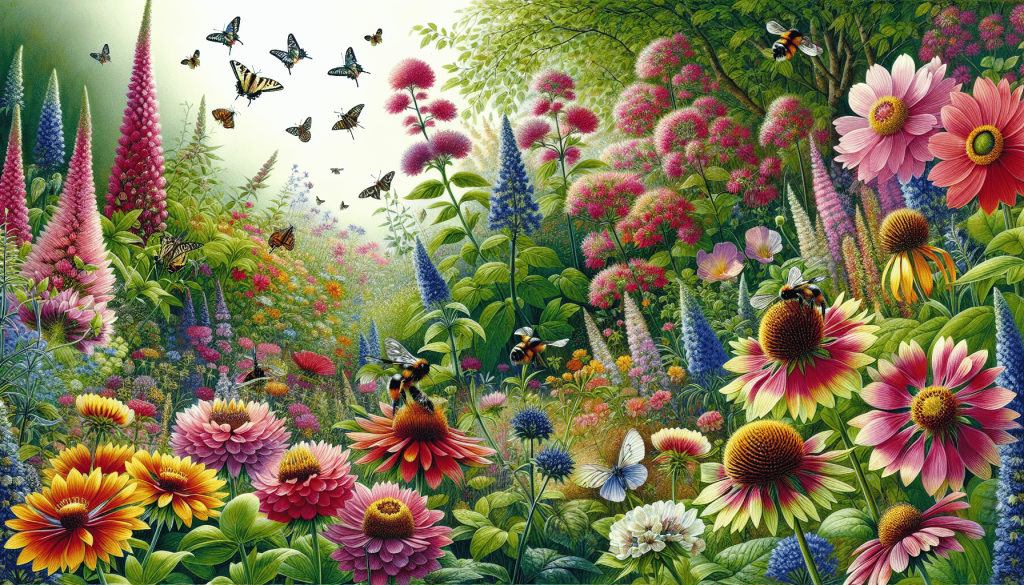
Telling Your Garden’s Story
Your garden design will be as unique as a thumbprint. Documenting your garden’s evolution can be a source of joy and pride. Keep track of which plants thrive, which pollinators you’ve spotted, and any changes you make over the seasons.
Engaging with Local Communities
Consider sharing your garden’s success with local garden clubs or pollinator-friendly communities. You might even inspire someone else to start their own space for pollinators.
Contributing to Citizen Science
Participating in local or national citizen science projects can be another rewarding avenue. These projects help researchers track pollinator populations and the impact of human actions.
Bringing It All Together
Designing a garden that uses native plants to attract pollinators is more than just a project; it’s a commitment to coexistence with nature. By providing pollinators with the necessary resources, you’re helping to support robust ecosystems. Your garden will become a sanctuary not only for vibrant wildlife but also for you—a retreat to pause, observe, and appreciate the intricate beauty of nature.
Through mindful selection of native plants and creating a welcoming environment, you can design a garden that is beautiful, functional, and sustainable. So, get your hands dirty, have fun, and discover the difference your garden can make for the pollinators that play such a crucial role in our world.

